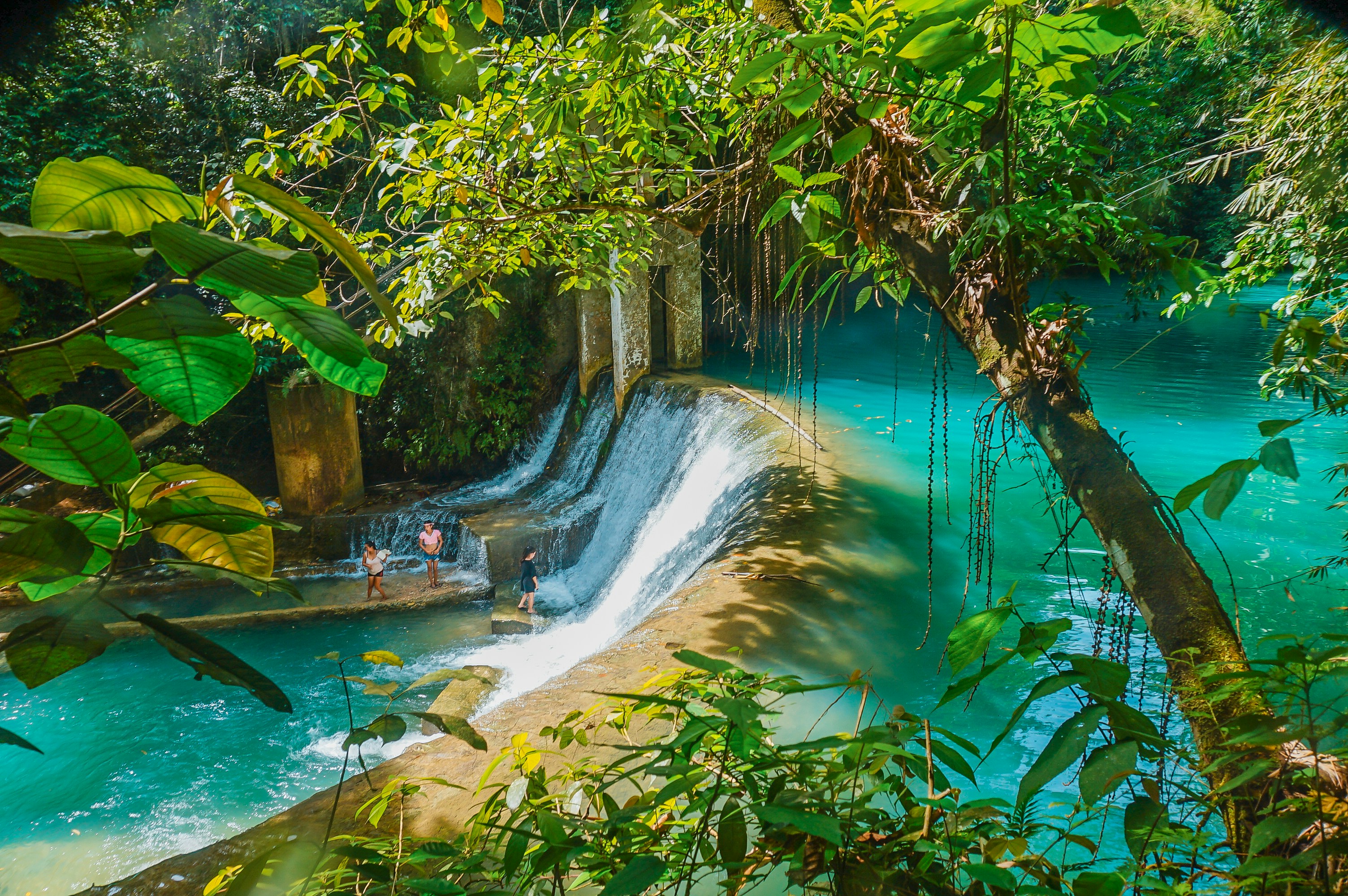
Did you know that the Philippines boasts over 7,000 islands with a vast selection of things to see and do? Our country has everything from great beaches and fun festivals to green mountains and rich cultural history. So when planning your visit, you need to remember the climate, the cost of getting there, and some cultural events that can help make your visit very meaningful. The best time to come, how much you should expect to spend, and a few practical travel tips are all covered in this guide, making it easier for you to plan.
Understanding the Philippine Climate
The Philippines experiences a tropical maritime climate, characterized by three distinct seasons
1.The Philippines enjoys a tropical maritime climate and experiences three distinctive seasons. The dry season that lasts from December to May is further divided into two sub seasons according to the data provided. The dry season that lasts from December to May is further divided into two sub seasons according to the data provided.
2. It rains more frequently in the Wet Season, from June to November, and typhoons are likely, particularly July to September. However, the eastern seaboard, among other regions, may have favourable weather.
Optimal Time to Visit
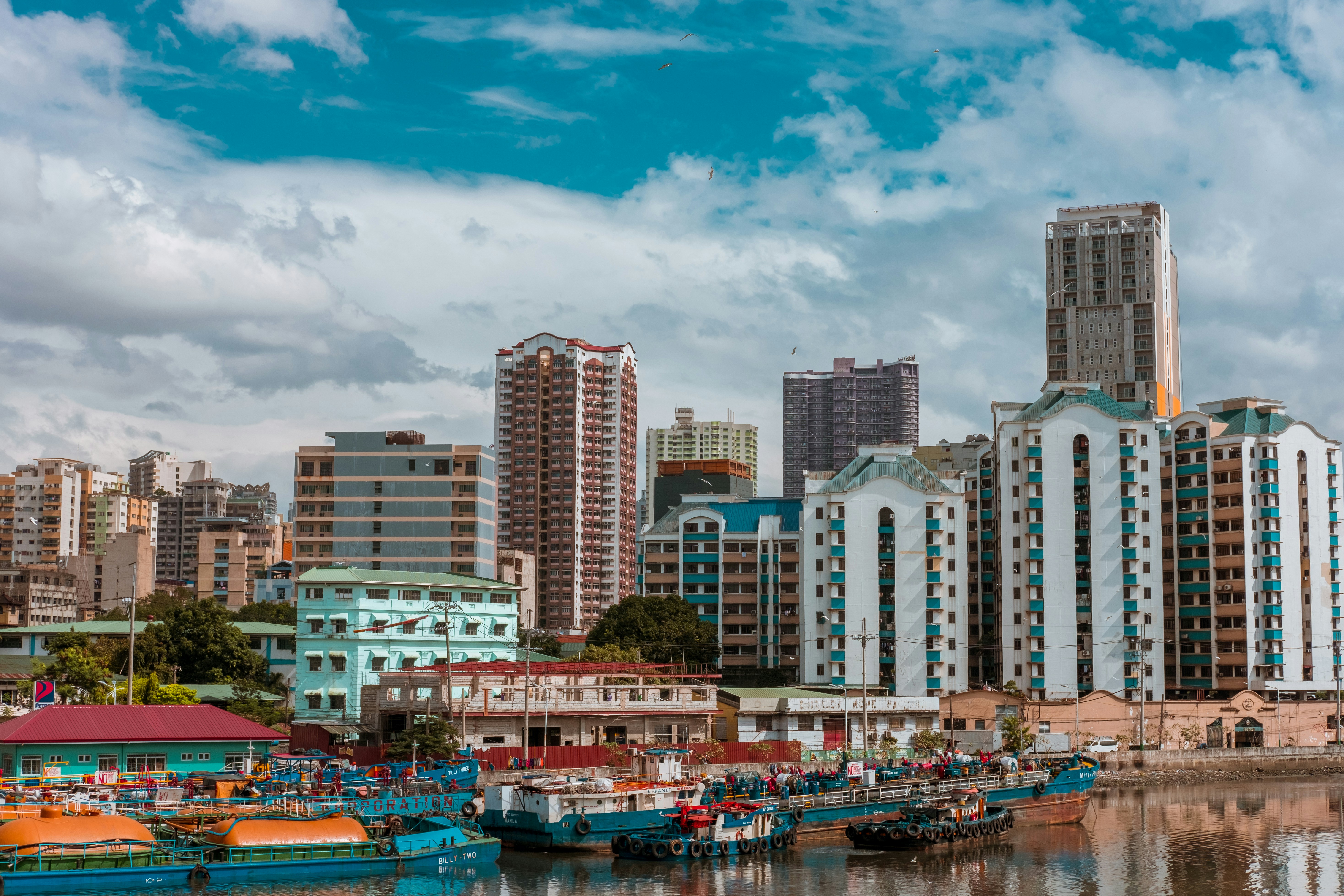
Peak Season: December to February
Weather -Cooler temperatures and minimal rainfall: ideal conditions for travel and outdoor activities.
Festivals
Have you heard of the following festivals happening around the Philippines?
- The Ati-Atihan Festival which honors the Santo Nino, with vibrant street dances and indigenous costumes. It is a week long festival held in Kalibo, Aklan.
- The Sinulog Festival in Cebu City, featuring processions, dance rituals and music in celebration of Santo Nino.
- The Panagbenga Flower Festival in Baguio where there are grand floral parades and street dancing showing off the blooms in the region.
Considerations
Please consider that due to a large number of tourists the prices of accommodation and flights are high. You need to book as early as possible to get what you want.
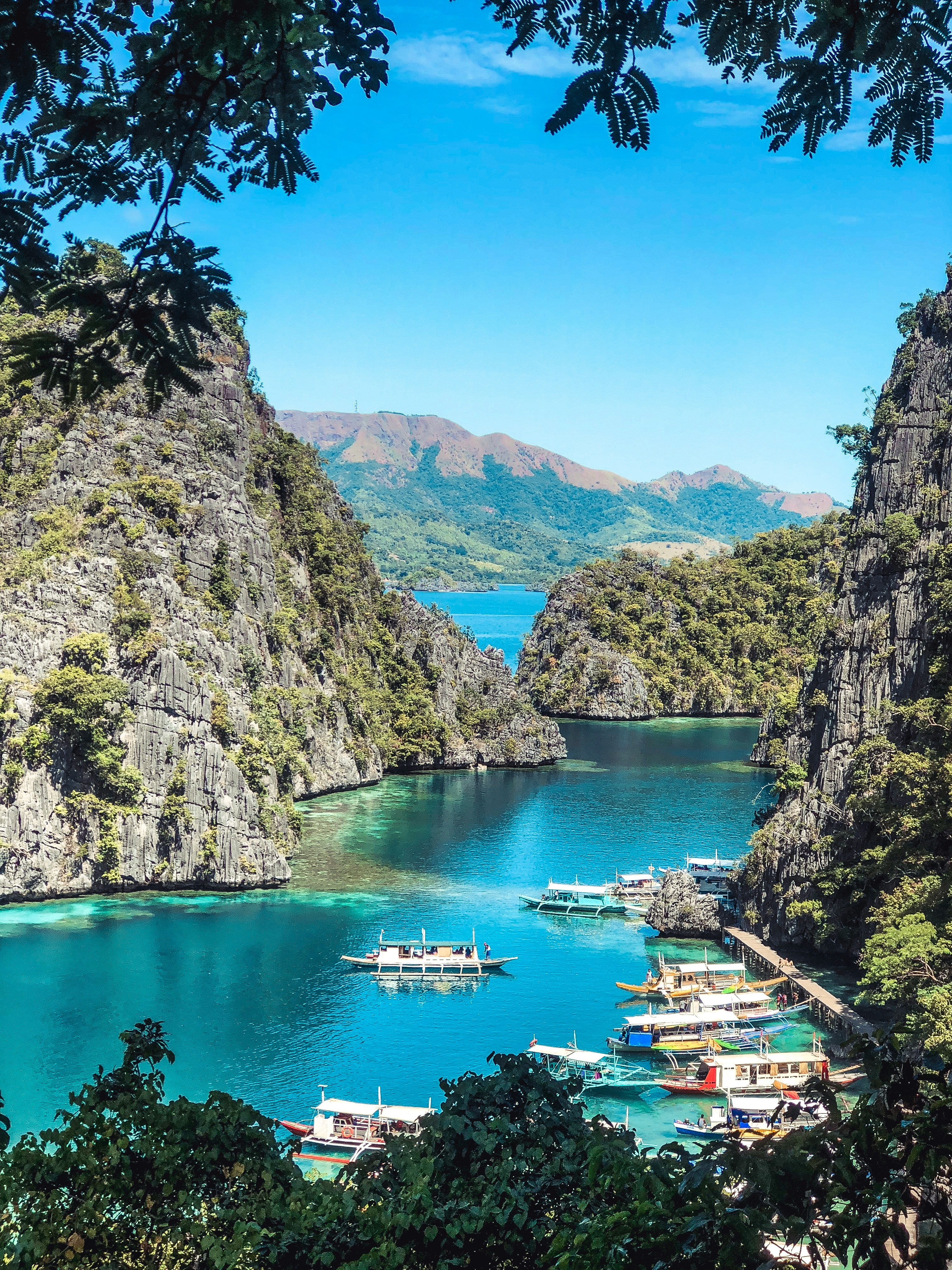
Shoulder Season: March to May
Heading into the warmer spring months of April and May, the temperatures move up the scale but never too much so this season is perfect for beach fun.
Festivals
Experience the Moriones Festival (during Holy Week) on the island of Marinduque with locals acting out the role of Roman soldiers and offer a unique cultural experience. Enjoy the Pahiyas Festival in May and discover that Lucban, Quezon celebrates a good harvest by decorating their houses with colorful artwork made from agricultural products.
Considerations
When comparing accommodations to peak rates, hotel prices are more reasonable, but you will be in the desert in the heat of summer. Make sure to take the necessary precautions to protect yourself from the heat.
Off-Peak Season: June to November
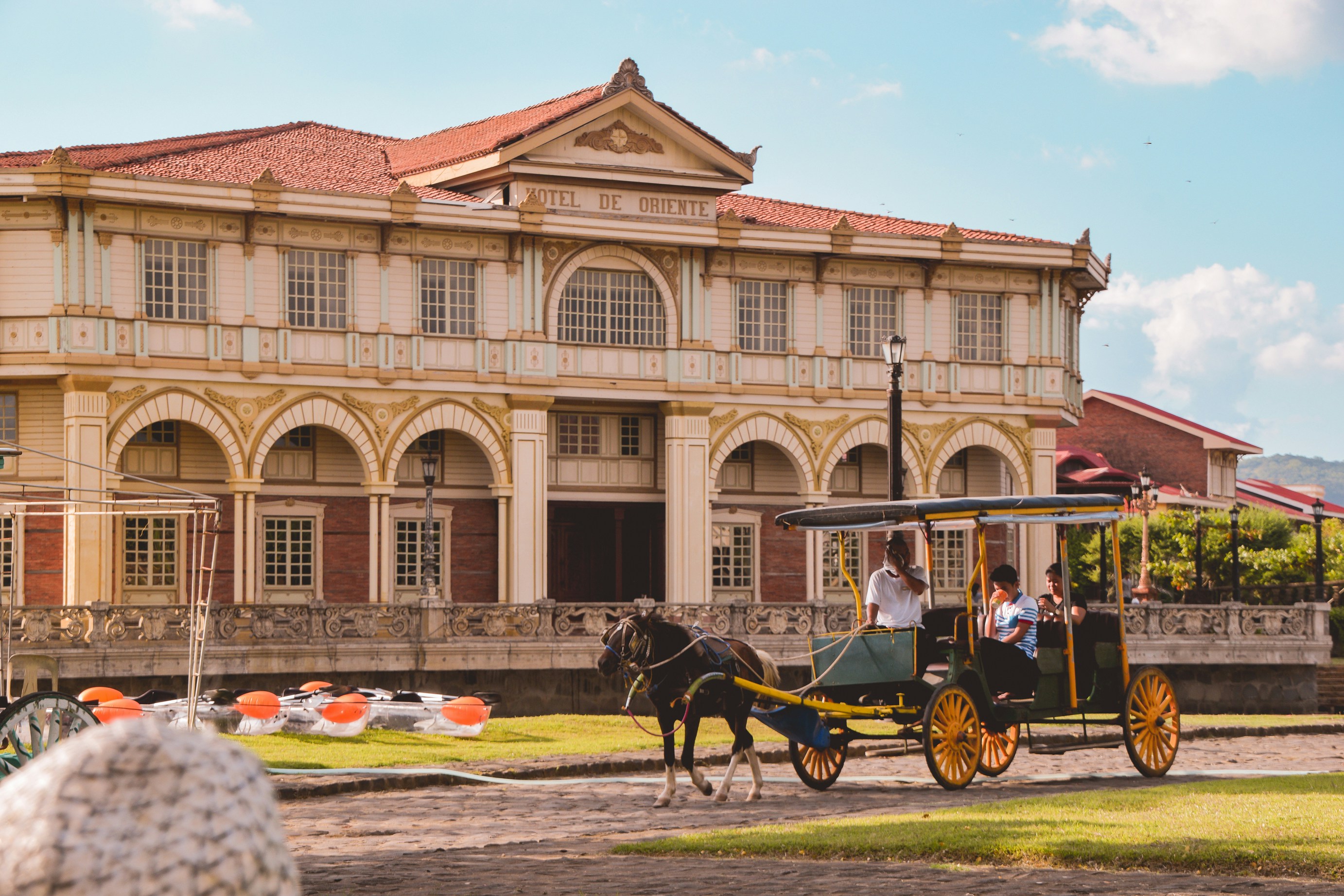
Heavy rainfall and typhoon risks are common from July to September.
The period of early June to late November is one of fairly stable conditions.
Festivals
In August, Kadayawan Festival in Davao City is a celebration of life, culture and bountiful harvests, with street dances and floral floats, while MassKara Festival in October, in Bacolod City, is alive with dance, music, and all the colorful masks, which represent resilience and joy.
Considerations
Here are a few things to consider. In the last few weeks, there has been a decrease in travel expenses, and tourist attractions are less crowded. However, it is important to stay updated on the weather forecast and to have a flexible travel plan in place because weather events may impact your travel experience.
Cost Considerations
Accommodations
The high demanding time leads to the increase in prices, sometimes up to four times higher than the low season. Moderate pricing with more availability. Major discounts are often available at low demand times, but some resorts may close.
Flights
Should I book my flight in advance or can I just show up at the airport? I want to know if it matters. Also, what about budget airlines for inter-island travel?
Daily Expenses
The Philippines is generally an affordable country to visit. The food prices are reasonable, ranging from $2 at a local eatery to $10 per person at a mid-range restaurant. For short distances, local transportation options, like jeepneys and tricycles, are often quite cheap.
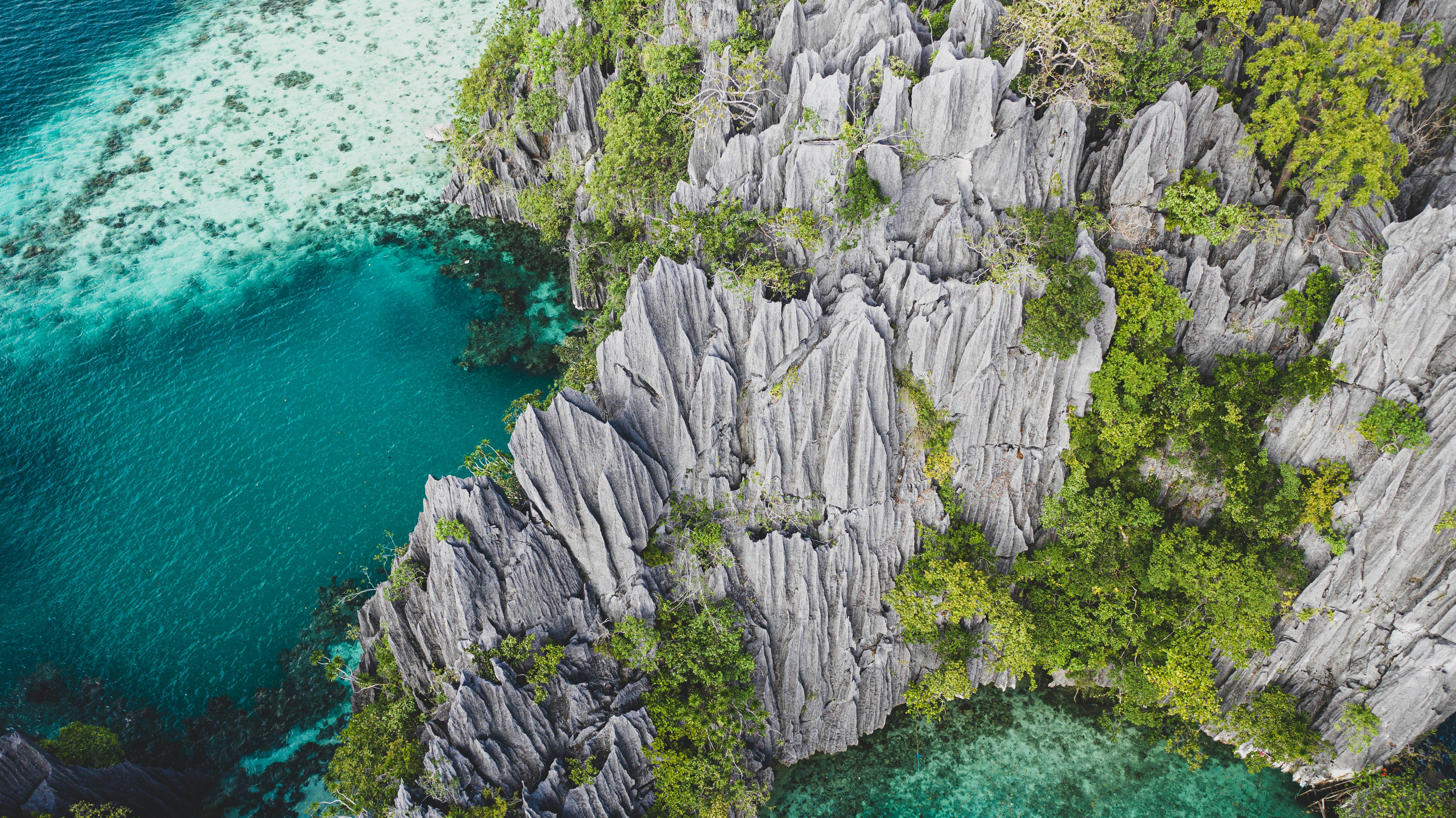
Travel Tips
1. Health Tips:
• Drink lots of water during the hot dry season
• Use sun protection, wear sunscreen and a hat
• Be careful with street food so you don’t get sick.
2. Getting around:
• You can take domestic flights to get around between islands.
• Ferries and boats are common. Make sure you check their safety record and the weather.
• Ride hailing apps are available in urban areas but the traffic can be bad especially in Metro Manila.
3. Cultural Etiquette: Filipinos are renowned for their hospitality. A smile and a polite greeting go a long way. If you're going to religious sites, remember to dress modestly. Generally, being prompt for activities and tours is a plus but should you come a little late, don't worry - the local take on punctuality is more laid back.
4. Safety: Keep a constant eye on the weather forecast, particularly during typhoon season. Make sure your belongings are secure, and keep your eyes open in busy places. If you plan on staying longer, go to your embassy and get on their registry.
5. Environmental Responsibility
If you avoid touching the coral reef and marine life, they will be grateful.
Please join us in proper Conclusion
If you are looking to go to the Philippines in 2025, I am here to help you to decide which time of year would be the best. From December to February you'll have the best weather possibilities and you will have a lot of various festivals—just expect that the prices will be higher and the crowds of people bigger. March to May is the best time to go if you want to avoid all the tourists and stay on budget—just be prepared for temperatures that are warmer. It might be rainy but there are few tourists and good rates if you come from June to November. Includes big festivals like Kadayawan and MassKara.waste disposal and conservation efforts.






